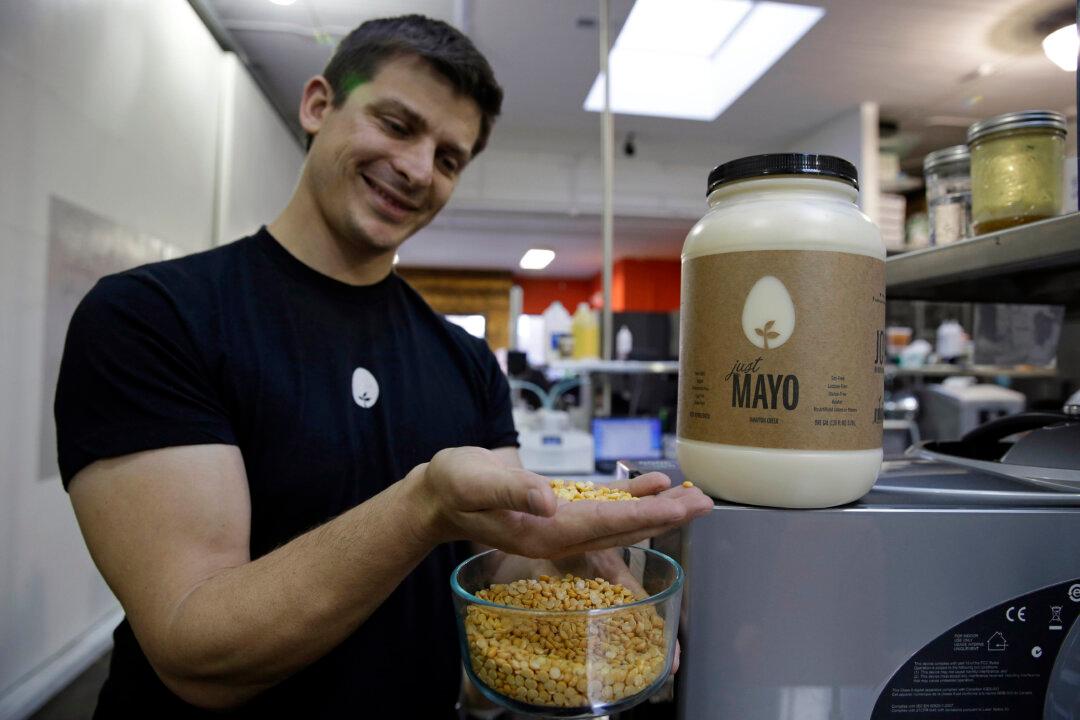Legumes are a curious food. Some say they are a superfood. They are indeed the only food that gets prominent double billing in the USDA’s new dietary guidelines, which sets out rationale for the optimal American diet.
Legumes include most beans, peas, and lentils, and these are categorized both as a recommended vegetable, and a protein source, alongside meat and poultry, nuts, seeds, and soy.
Pulses (as legumes are known by most of the world, but there are differences as you'll read below) are excellent sources of protein, the USDA states, because they provide nutrients iron and zinc, which are found in seafood, meats, and poultry. At the same time, they are part of the vegetable category because “they are excellent sources of dietary fiber and of nutrients, such as potassium and folate, that also are found in other vegetables.”
The duplication explains a lot about the latest vegetable protein craze in America, which stars the yellow pea, but there is still plenty more to trumpet about this food group.
But first, let’s clarify some of the finer points of the legume.
Legumes are some of the oldest cultivated plants on earth, and they produce seemingly endless varieties of edible dry beans, lentils, and peas. These legumes are known by most of the world as pulses.
Pulses helped the Roman empire expand, because the army carried the nonperishable, nutrient-rich foods in their bags as they marched. They didn’t have to hunt or worry about spoiled food. All they needed was fire to cook up a nutritious rice and lentil stew.
Legumes are also popular cover crops, like alfalfa and clover, used by farmers to improve their soils, as well as soybeans and peanuts—but none of these are pulses—and pulses are really what the USDA is referring to when they say “legumes.”





